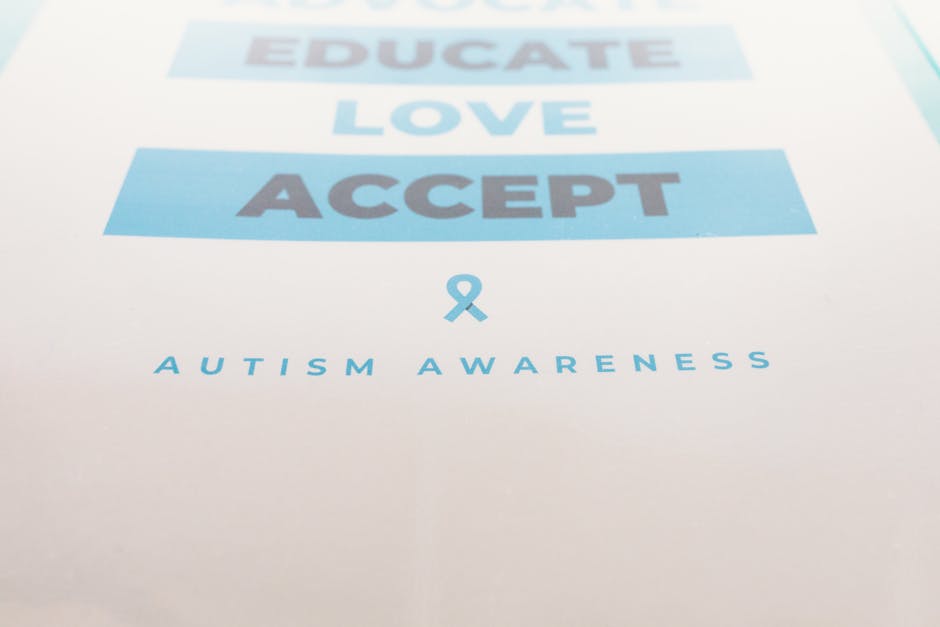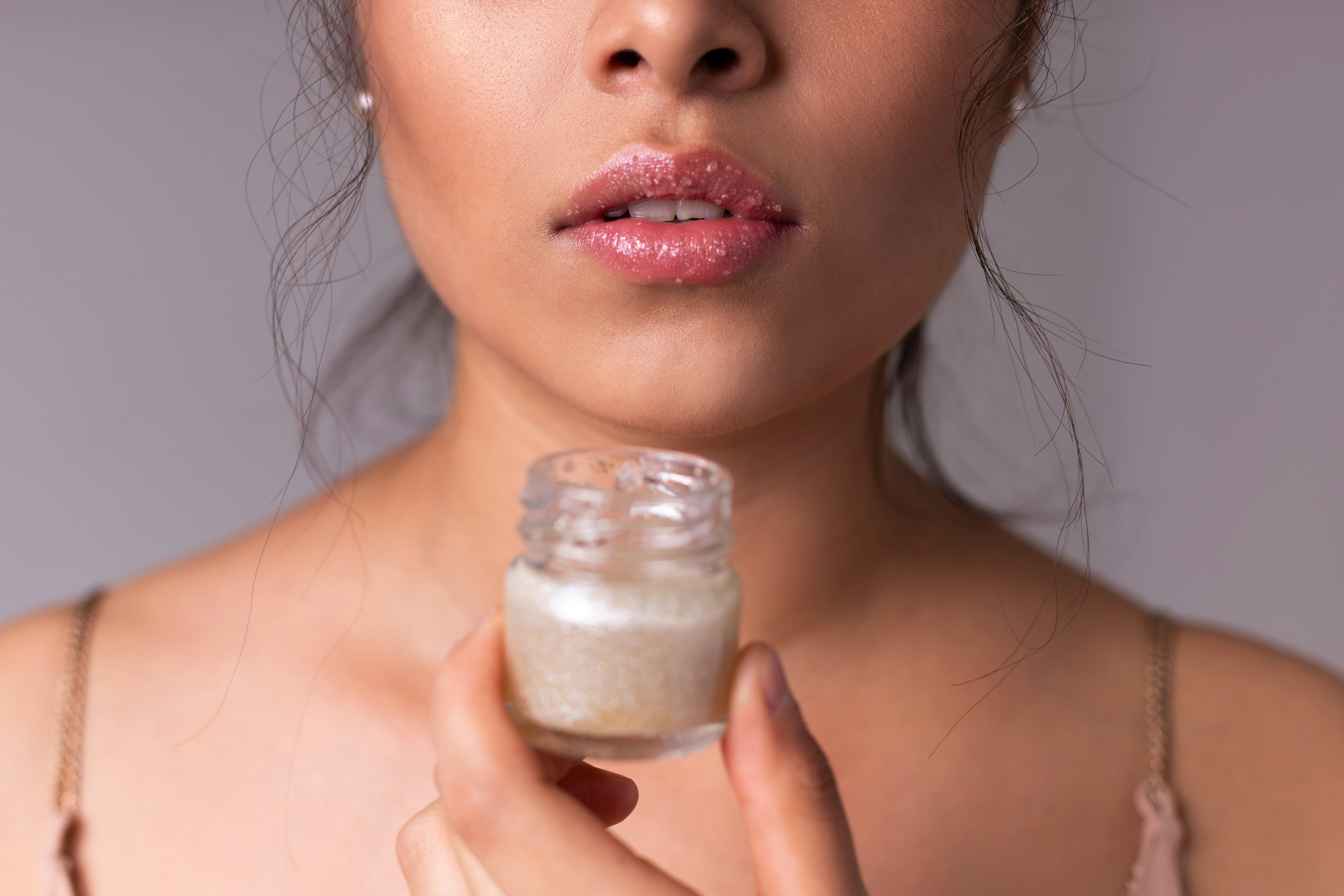Color Therapy in Skincare: Discover How Hue Impacts Your Skin
Did you know the colors we surround ourselves with can subtly yet profoundly influence our emotions, perceptions, and even our skin? In the world of skincare, the unassuming color of a product's packaging or its ingredients might be working harder than you think. Color therapy, with roots in psychology and wellness, has found a surprising role in skincare, impacting everything from the efficacy of products to our general mood. Today, we’ll explore how different hues can create emotional responses, interact with our skin, and enhance our routines.
Understanding Color Psychology in Skincare

Color psychology studies how colors affect our behavior, thoughts, and feelings. Each shade resonates with unique emotional triggers and perceptions. For example, blue often promotes tranquility and trust, whereas red can evoke excitement and urgency. When applied to skincare, these emotional connections can transform how we perceive a product's effectiveness even before we use it.
For instance, consider a brand that packages its soothing creams in calming hues of blue or green. As you hold it in your hands, the cool, serene colors can evoke feelings of relaxation and comfort. This might not just enhance your shopping experience but also set a positive tone for your skincare routine. Altering your environment to include colors that positively influence your mood is an actionable first step in harnessing the power of color therapy.
The Role of Color in Product Packaging

When you walk down the skincare aisle, how does the packaging of products affect your purchase decisions? You may be surprised to learn that a company’s choice of colors can significantly impact a consumer’s perception and emotional response. According to research from the Institute for Color Research, 93% of consumers make their purchasing decisions based on visual appearance, which is predominantly influenced by color.
Bright, vivid colors can convey energy and excitement, possibly appealing to younger demographics, while muted and earthy tones might resonate better with consumers looking for clean, organic products. This leads to an essential question: does the color of the packaging affect how effective we think the product will be? The answer appears to lean toward a resounding yes.
Color Cueing: Subconscious Signals

Packaging colors serve as cues that can condition our expectations of a product’s benefits. Take the color yellow, often associated with freshness and vitality, frequently seen in exfoliants or citrus-scented products. When you see that yellow bottle, it instantly conjures images of brightness and rejuvenation, influencing your mind to believe that the product will reinvigorate your skin.
This type of “color cueing” is important for brands aiming to create a successful image in a saturated market. Research suggests that these subconscious color signals can affect consumer behaviors significantly, guiding them toward making purchases that align with their emotional state or perceived needs.
How Color Can Influence Mood and Effectiveness

Beyond the packaging, color also plays a role in how we apply these products. Consider the difference between applying a vivid magenta-hued serum versus a more muted ochre. The bright, cheerful colors may indeed make applying the product feel more like a joyful ritual rather than a chore, elevating the experience. When we enjoy the application process, we are more likely to stick to our skincare routine, leading to seemingly better results over time.
Additionally, certain colors may have direct correlation with skin responses. For instance, red or orange products—often seen in vitamin C serums—can signal energizing effects and are associated with stimulating metabolism, which can, in theory, promote circulation when applied to the skin. Our psychology and biology are intricately tied together, creating a sort of feedback loop where the emotional response generated by color influences skin reactions, ultimately affecting our skincare routine's overall effectiveness.
Scientific Insights and Consumer Examples

Research continues to uncover fascinating links between color and consumer behavior. In an illuminating study from the International Journal of Cosmetic Science, participants utilized creams of varying colors and reported their experiences. Those who applied the green cream, perceived to be calming, reported lower stress levels compared to those who applied a bright pink cream, which they found energizing. This illustrates how choosing the right color in your products can not only impact but elevate your mood and perceived benefits.
Practical Tips for Leveraging Color Therapy

So how can you harness the power of color in your skincare routine? Here are some practical tips:
-
Choose Colors That Resonate: Pay attention to colors that evoke positive emotions for you. Perhaps you find serene blues calming or energizing yellows uplifting. Prioritize these when selecting products.
-
Apply Strategically: Consider the colors of the products in relation to your skincare goals. If you need a boost in energy, opt for vibrant colors. If relaxation is your goal, look for cooler shades.
-
Mix and Match: Don't be afraid to combine your favorite colors in your skincare routine. Use a bright exfoliant followed by a soothing blue moisturizer to balance the energy.
-
Create a Calming Environment: Incorporate specific colors into your bathroom or skincare space. These touches can encourage mindfulness during your skincare ritual.
Real-Life Experiences: Skincare Color Stories

Consumer narratives filled with experiences can also provide insight into the influence color has on skincare. For example, a blog details how the color of a product influenced their application experience. Another shared that they automatically chose a product based on its packaging—not realizing until later that in turn, it did positively affect their mood.
These anecdotes speak volumes about our subconscious connection with color and skincare. Brands that are aware of this connection can cater their marketing strategies more effectively, using color psychology to shape consumer experiences and preferences.
The Evolution of Color in Skincare Products

As trends continue to change, we might see the emergence of products using color-changing technology to enhance user experience further. This could take the form of formulas that alter color upon contact with the skin, indicating a specific reaction or benefit. Research in biotechnology offers a glimpse into this futuristic possibility, potentially revolutionizing how we choose and experience our skincare products.
To stay ahead in this evolving scene, beauty companies should keep an eye on innovations like sustainable color formatting, which not only enhance product appearance but also align with eco-conscious branding trends.
Exploring Color Therapy in a Global Context

The influence of color therapy in skincare also transcends cultural boundaries. Different cultures often associate different meanings with colors, affecting consumer preferences and purchase behaviors. In Eastern cultures, for example, color symbolism can be vastly different than in Western societies. When brands expand into international markets, they must understand local cultural associations with colors to succeed.
For instance, while red signifies prosperity in some cultures, it may evoke caution or urgency in others. Some brands have initiated research conglomerations to tailor their marketing strategies based on these cultural perspectives, leading to a more globally integrated approach to color therapy in skincare.
The Future of Color in Skincare
As we delve deeper into understanding our psychology and its connection to skincare, we can expect color to play an increasingly prominent role. The growing interest in wellness and self-care indicates that consumers aren't just looking for products that work; they're also seeking experiences that resonate personally and emotionally.
This opens the door for brands to innovate beyond traditional boundaries, integrating color therapies, sensory experiences, and even holistic health concepts into their offerings. As our understanding of neurocosmetics evolves, so too will our expectations, propelling the beauty industry into uncharted territory.
Final Thoughts
Color therapy in skincare is an exciting and relatively new avenue of exploration that promises to reshape how we perceive, select, and use beauty products. Understanding the subtle yet powerful influence of color can enrich your skincare routine, helping you create a meaningful, emotionally rewarding ritual. From packaging to application, the hues we engage with can stimulate not just our skin but also our spirits. By becoming more conscientious about color, you can elevate your skincare routine into an experience that nourishes not only your skin but also your emotional well-being.
The intersections of color psychology and skincare offer fertile ground for innovation and improvement in consumer experiences. As brands continue to adapt their products to resonate with our subconscious drives, you’ll find that color can be a powerful partner in your pursuit of beauty.
Looking to deepen your understanding of how colors play a role in skincare? Don't miss articles like Color Psychology in Skincare Packaging or Discover Your Skin's Secret Life: Microbiome Beauty Insights for more insights on enhancing your beauty routine!



